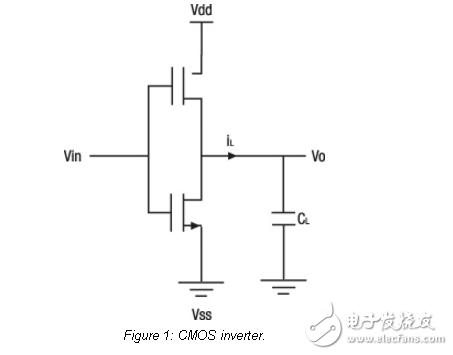
资料下载

优化低功耗嵌入式设计
优化低功耗嵌入式设计
无论你的嵌入式设计是否能摆脱电池或墙壁电源,它需要从一开始就对能源效率进行优化。本文讨论了在选择微控制器时需要考虑的许多问题,包括其功率配置、各种操作模式中的可用控制功能和外围设备的功耗。
对低功耗嵌入式设计的需求一直是在尽可能长的时间运行应用程序,同时消耗最小功耗的动机。在电池供电的系统,这需要的是放大。此外,在电池供电的系统中,低功耗意味着更低的操作成本和更小的电池容量,从而使应用程序更具可移动性。当能源价格和今天的绿色计划一样高时,确保嵌入式设计尽可能少地消耗能源在墙壁供电的应用中也同样重要。设计高功率的应用程序还可以确保较小的开销来管理散热和通过优化功耗来控制热源的产生。保持上述明显的优势,今天的嵌入式应用程序设计人员已经不再忽视优化电源的问题。本文将通过分析目前大多数微控制器提供的各种电源模式,着重讨论影响嵌入式系统功耗的主要因素。然后,我们将分析一个嵌入式应用程序在功耗方面的实际例子,以及如何最大化其效率。

MCU power consumption
To begin, there are several points to be aware of when selecting a MCU or external components. Overall power consumption of an MCU is defined by its power consumption in different modes, typically active and standby (includes sleep, hibernate, etc.) and taking into account the power consumed to transition from one mode to another. Let us go through these power modes in more detail.
Active power consumption by an MCU is the power consumed when the MCU is running. As almost all controllers are based upon CMOS logic, power is consumed primarily during switching. As a starting point, let us analyze the power consumption of a CMOS inverter (Figure 1) which is the basic building block of any CMOS design.
声明:本文内容及配图由入驻作者撰写或者入驻合作网站授权转载。文章观点仅代表作者本人,不代表电子发烧友网立场。文章及其配图仅供工程师学习之用,如有内容侵权或者其他违规问题,请联系本站处理。 举报投诉
- 相关下载
- 相关文章





